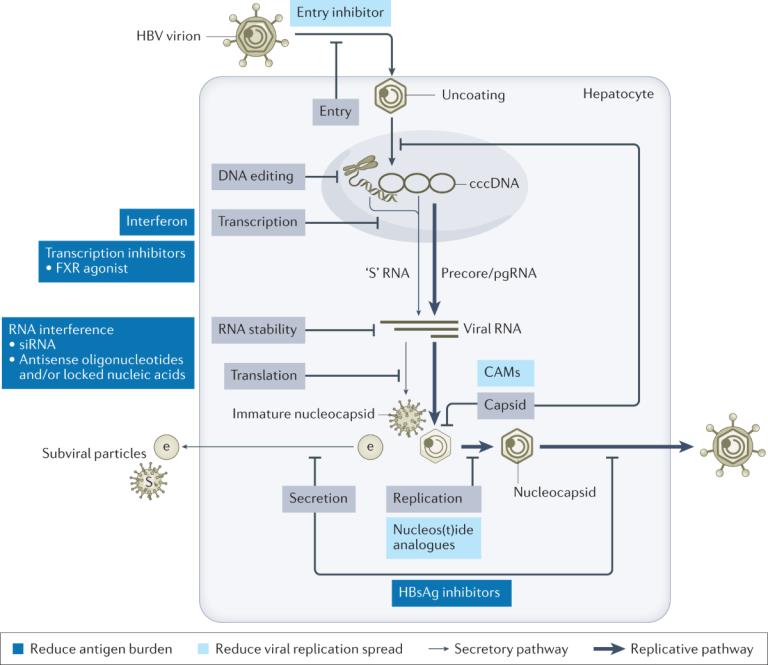
The Earthquake: Magnitude and Impact
The earthquake that struck Myanmar and Thailand measured 7.9 on the Richter scale, making it a powerful and destructive event. The epicenter was located in the Shan State of Myanmar, near the border with Thailand. This region is densely populated, which increased the severity of the impact.
Buildings, roads, and bridges collapsed in both countries, leaving thousands homeless. In Myanmar, the town of Tachileik was among the hardest hit, with many homes and businesses reduced to rubble. In Thailand, the northern provinces of Chiang Rai and Mae Sai experienced significant damage, including cracked roads and collapsed structures.
Aftershocks, some as strong as magnitude 5.0, continued to shake the region, complicating rescue efforts and causing further damage to already weakened structures. Seismologists warn that aftershocks can persist for days or even weeks, posing ongoing risks to survivors and rescue teams.
The earthquake also triggered landslides in mountainous areas, blocking roads and isolating communities. Rivers in the region saw changes in their courses, which could have long-term environmental effects. Wildlife in the area was also affected, with reports of animals fleeing their natural habitats.
Humanitarian Crisis: Casualties and Rescue Efforts
The death toll has risen to over 1,000, with thousands more injured or missing. Rescue teams, including local volunteers and international experts, are working around the clock to find survivors. Search and rescue dogs and specialized equipment like thermal imaging cameras are being used to locate people trapped under debris.
Local hospitals are overwhelmed, and many injured individuals are being treated in makeshift clinics. Aid organizations like the Red Cross and Médecins Sans Frontières (Doctors Without Borders) are providing medical supplies, clean water, and food to affected communities.
The psychological toll on survivors is immense. Many have lost family members, homes, and livelihoods. Mental health support is critical, and organizations are setting up counseling services to help people cope with the trauma.
Coordination between local authorities and international aid groups is essential. For example, the United Nations has deployed teams to assist with logistics and resource distribution. Despite these efforts, challenges like difficult terrain, aftershocks, and limited resources are slowing down rescue operations.
Economic and Social Impact
The earthquake has caused widespread economic damage. In Myanmar, the cost of rebuilding homes, schools, and infrastructure is estimated to be in the millions of dollars. Many businesses, especially small shops and farms, have been destroyed, leaving families without income.
In Thailand, the tourism industry in northern provinces has been severely affected. Hotels and attractions in Chiang Rai and Mae Sai are closed, and tourists have been evacuated. This loss of income will have long-term consequences for local economies.
Socially, the earthquake has displaced thousands of families. Temporary shelters are overcrowded, and many people are living in tents or under tarps. Community structures have been disrupted, and rebuilding trust and cohesion will take time.
Government policies and international aid are crucial for recovery. For example, Myanmar’s government has announced plans to rebuild schools and hospitals, while international organizations are providing grants to help small businesses restart.
International Response and Aid
Countries like China, India, and Japan have sent aid, including medical teams, food, and emergency supplies. The United Nations has launched an appeal for funds to support relief efforts, and organizations like the Red Cross are providing temporary shelters and clean water.
Coordination between international and local groups is key. For example, Thai authorities are working with international NGOs to distribute aid in remote areas. However, logistical challenges, such as damaged roads and limited transportation, are making it difficult to reach all affected communities.
Long-term support is also being planned. The Asian Development Bank has pledged funds for rebuilding infrastructure, and international organizations are committed to helping communities recover over the next several years.
Environmental Impact and Future Risks
The earthquake has caused significant environmental damage. Landslides have blocked rivers, leading to flooding in some areas. Changes in river courses could affect agriculture and water supply in the long term.
Seismic risk in the region remains high. Myanmar and Thailand are located in an active earthquake zone, and experts warn that future quakes are likely. Environmental monitoring and disaster preparedness are essential to reduce risks.
Local and international environmental organizations are assessing the damage and working on solutions. For example, reforestation projects are being planned to stabilize hillsides and prevent future landslides. Sustainable rebuilding efforts, such as using earthquake-resistant materials, are also being promoted to minimize future risks.












